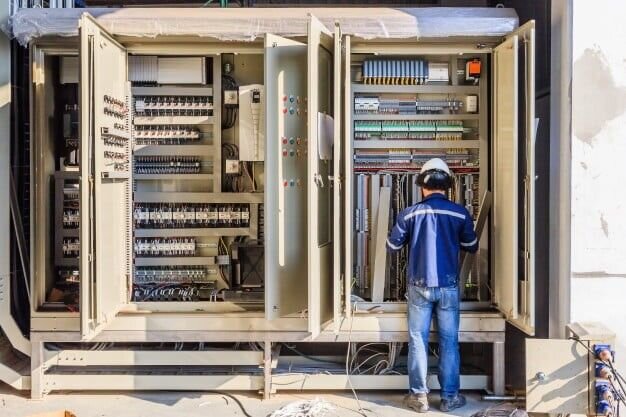625 rural areas to be connected to national power grid by Aug. 2021

TEHRAN - Iranian Energy Ministry's Spokesman for Electricity Industry Mostafa Rajabi Mashhadi has said that 625 rural areas are planned to be connected to the national electricity grid by the end of the current government's incumbency (August 2021).
According to Rajabi Mashhadi, 150 villages have joined the national grid since the beginning of the current Iranian calendar year (March 20), IRNA reported.
The official noted that over 2,929 villages have been supplied with electricity since the beginning of the current government administration (August 2017), which means every week about eight villages have been connected to the national grid, on average.
Based on the Energy Ministry plans, 240 more villages will join the national grid by the end of the current Iranian calendar year (March 20, 2021), Rajabi said.
He also put the number of villages supplied by electricity through renewable sources at 241 villages and said: "International statistics all show that the rate of electricity supply to villages in Iran is higher than the world average."
Iranian Energy Ministry has been inaugurating numerous energy-related projects in the current Iranian calendar year under the framework of a program called A-B-Iran.
Back in August, Energy Minister Reza Ardakanian inaugurated 2,230 electricity supply projects with a total investment of 31.6 trillion rials (over $752 million) in various provinces across the country.
According to Iran’s Power Generation, Distribution, and Transmission Company (known as Tavanir), 1,824 households in 140 villages across Iran were provided with electricity from the national electricity network in the previous Iranian calendar year.
Nearly 99.7 percent of Iran’s rural population is currently supplied with electricity, while according to the information provided by the International Energy Agency (IEA), this figure is 86 percent in Central and South America, 85 percent in Asia, 78 percent in West Asia and 36 percent in Africa.
EF/MA
Leave a Comment